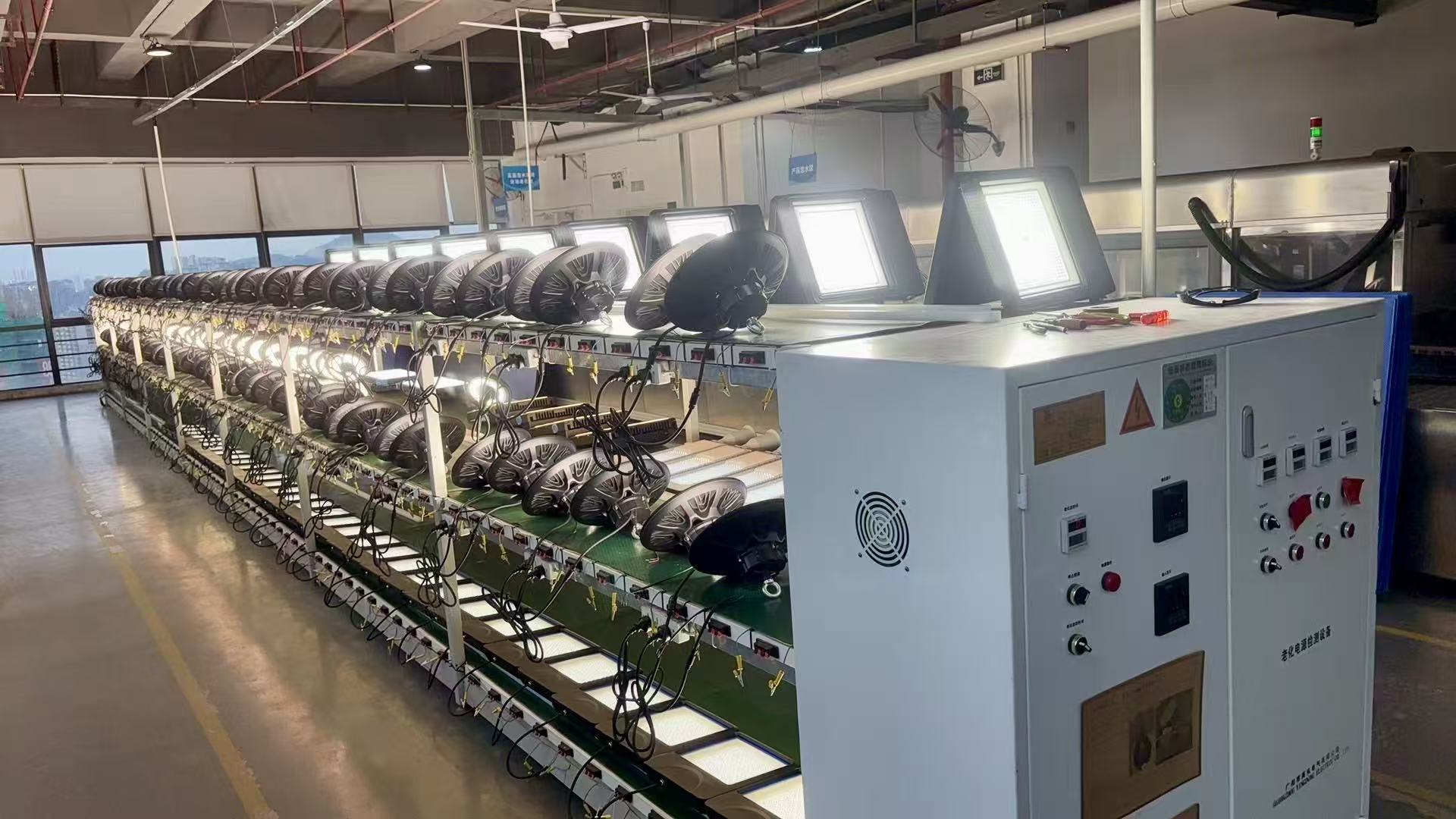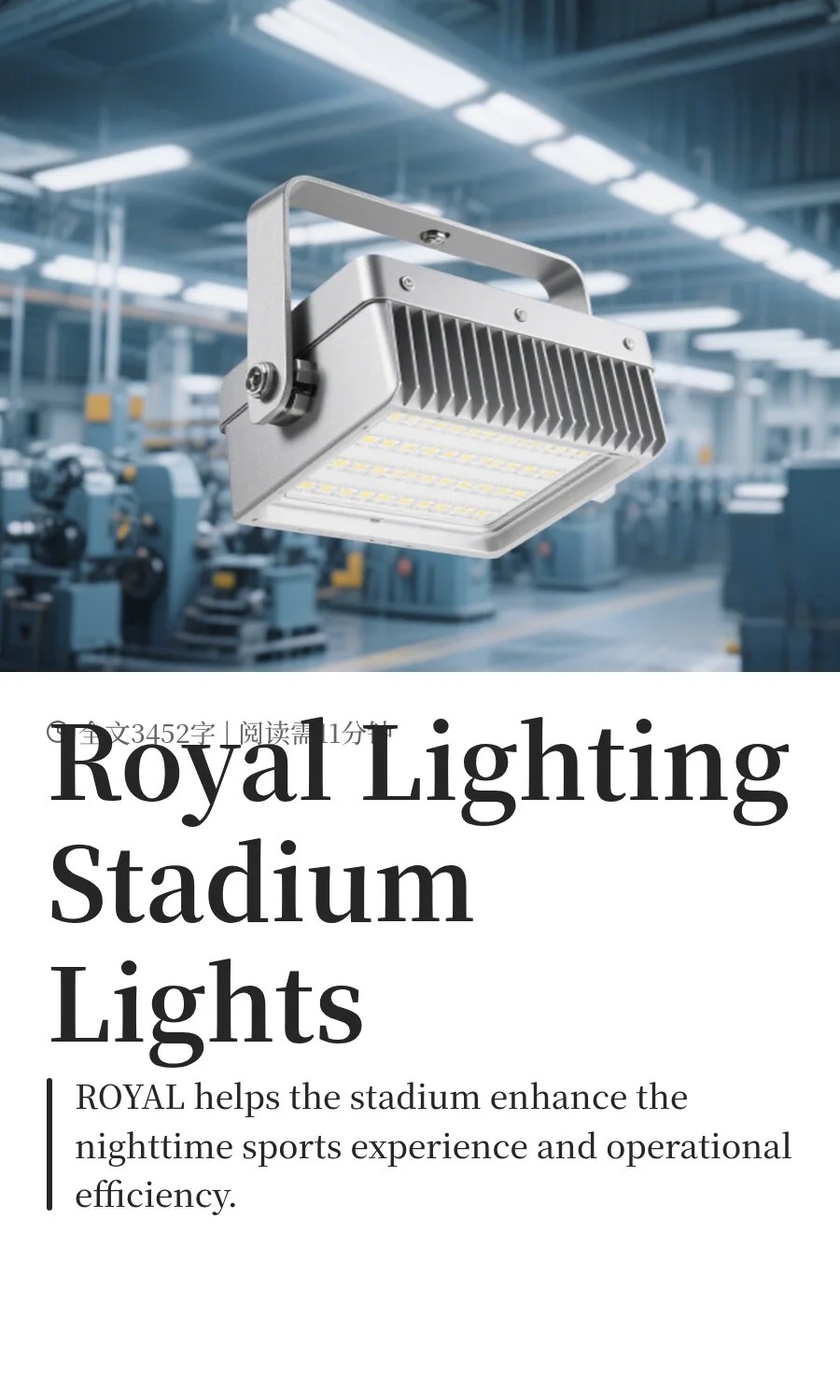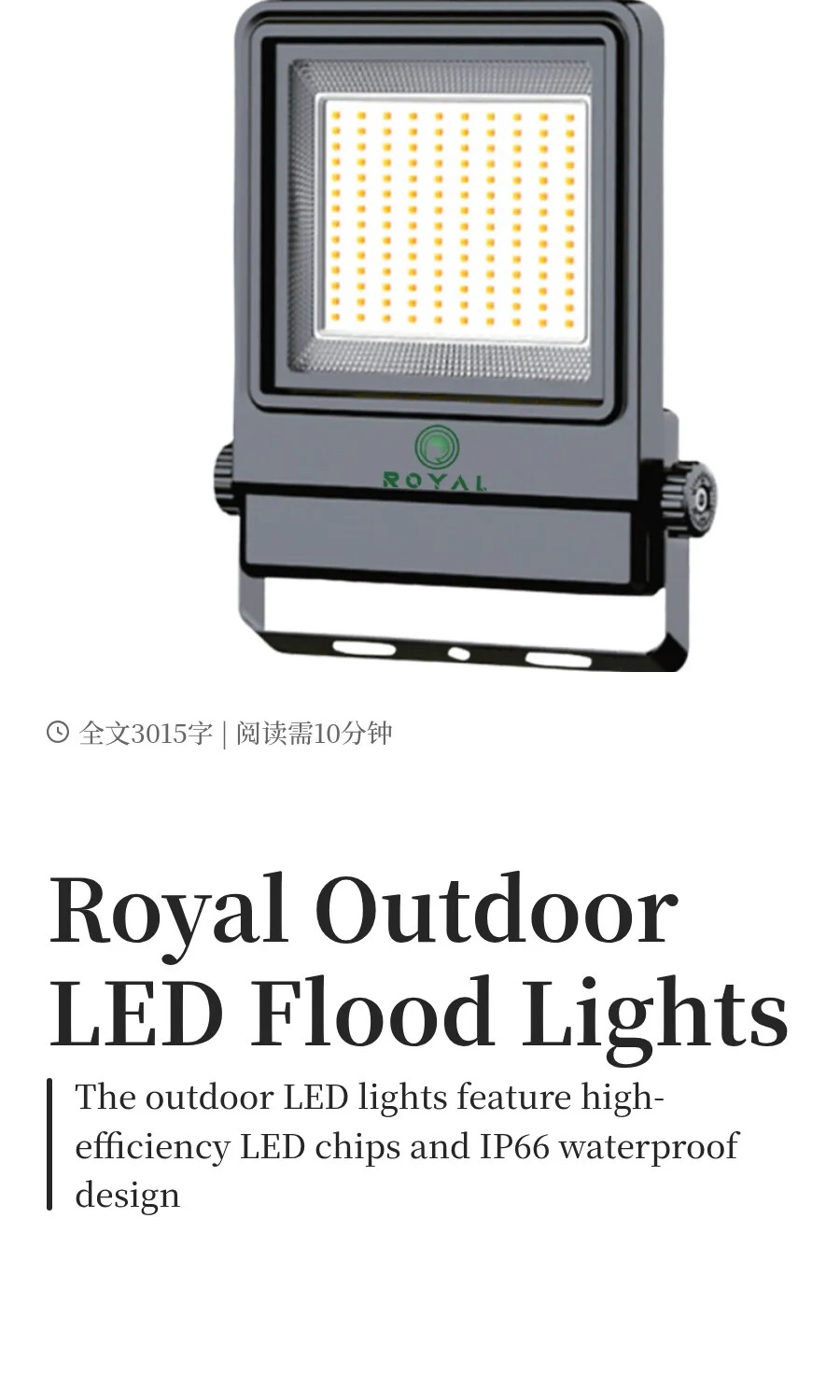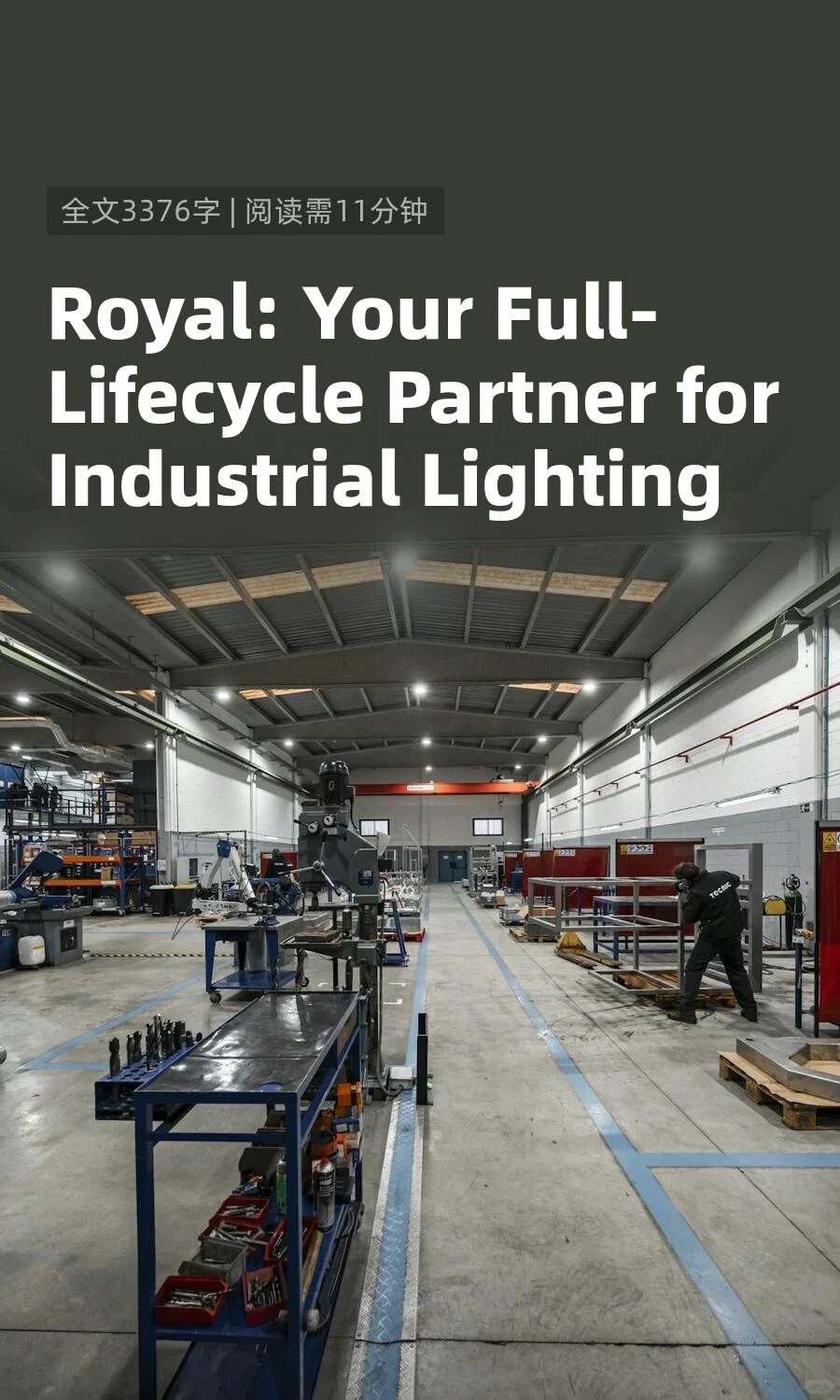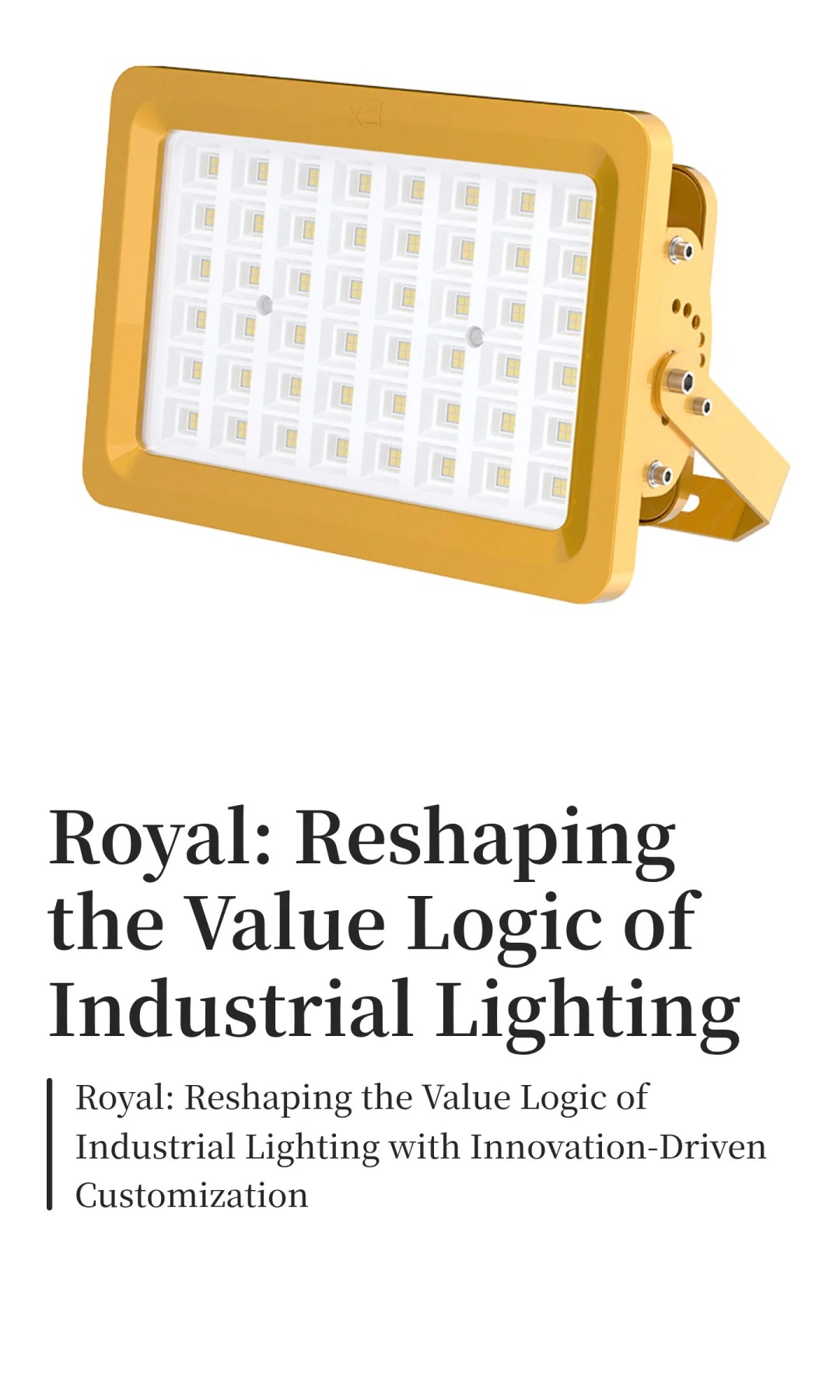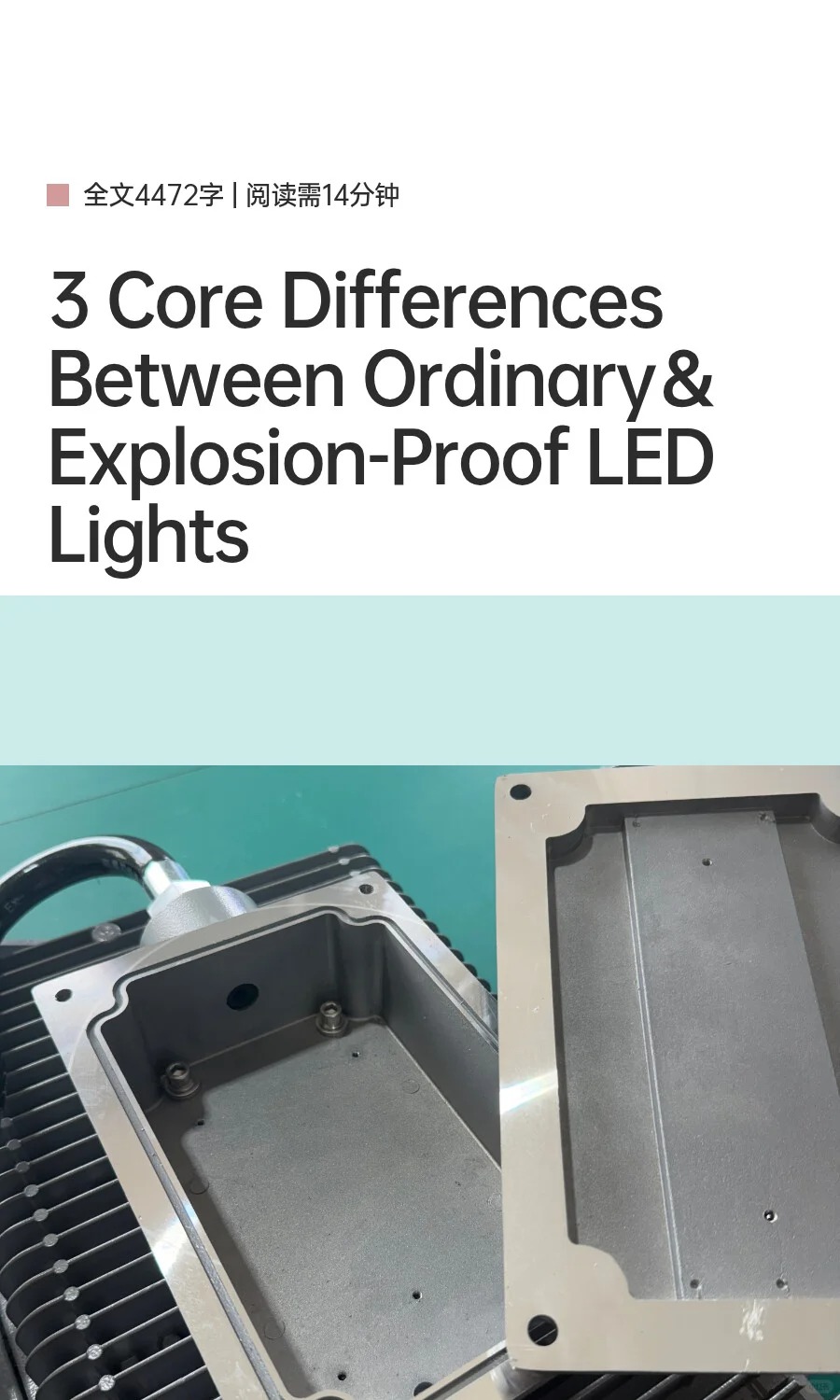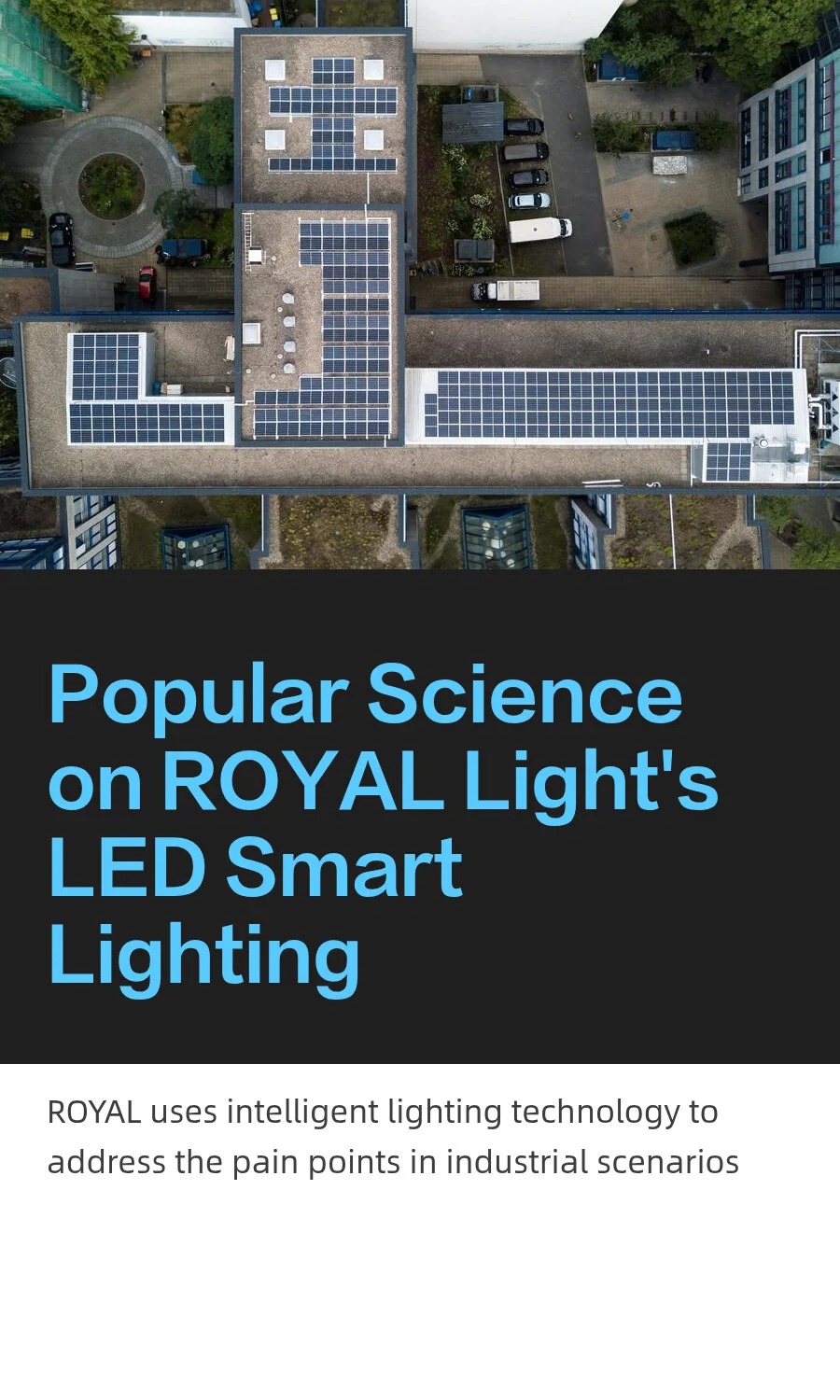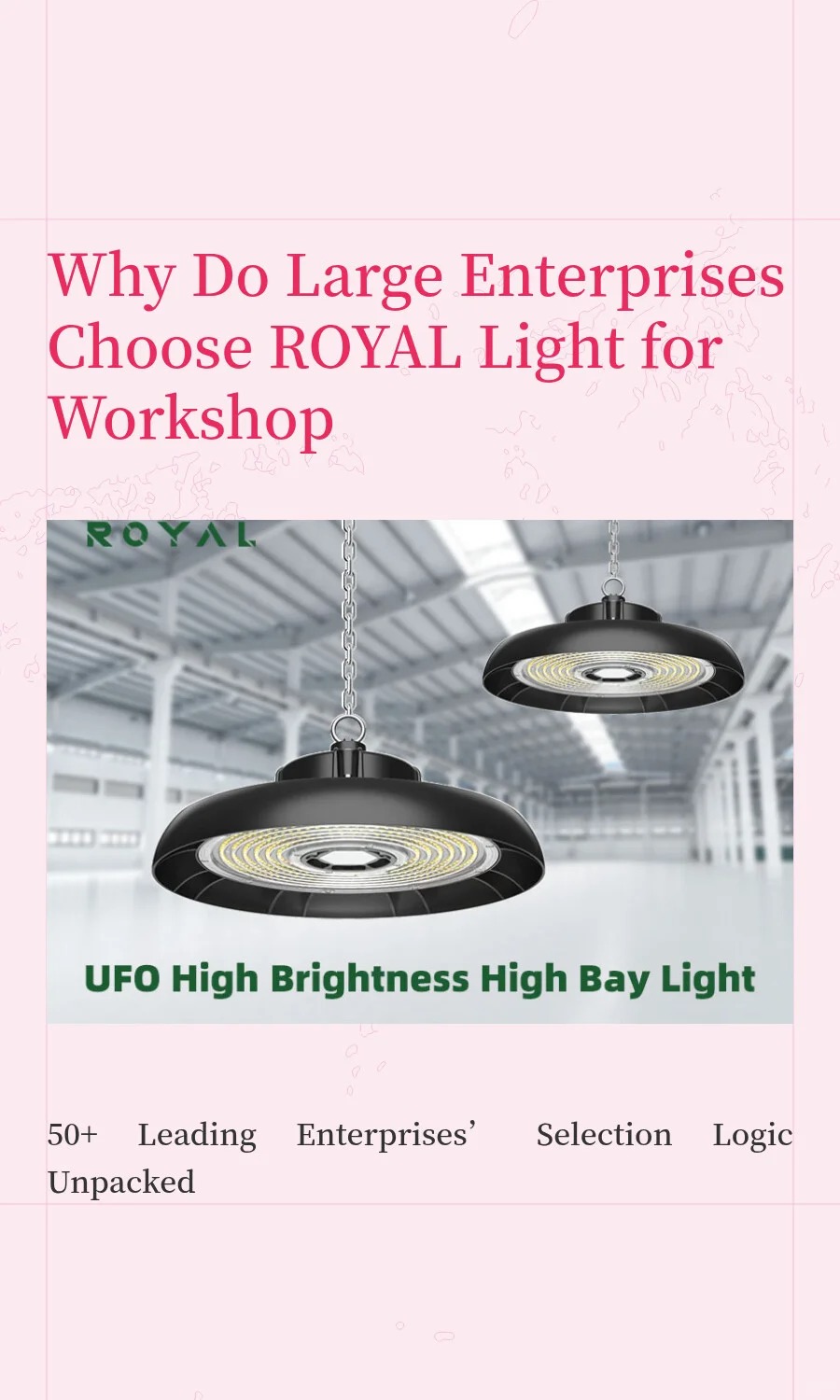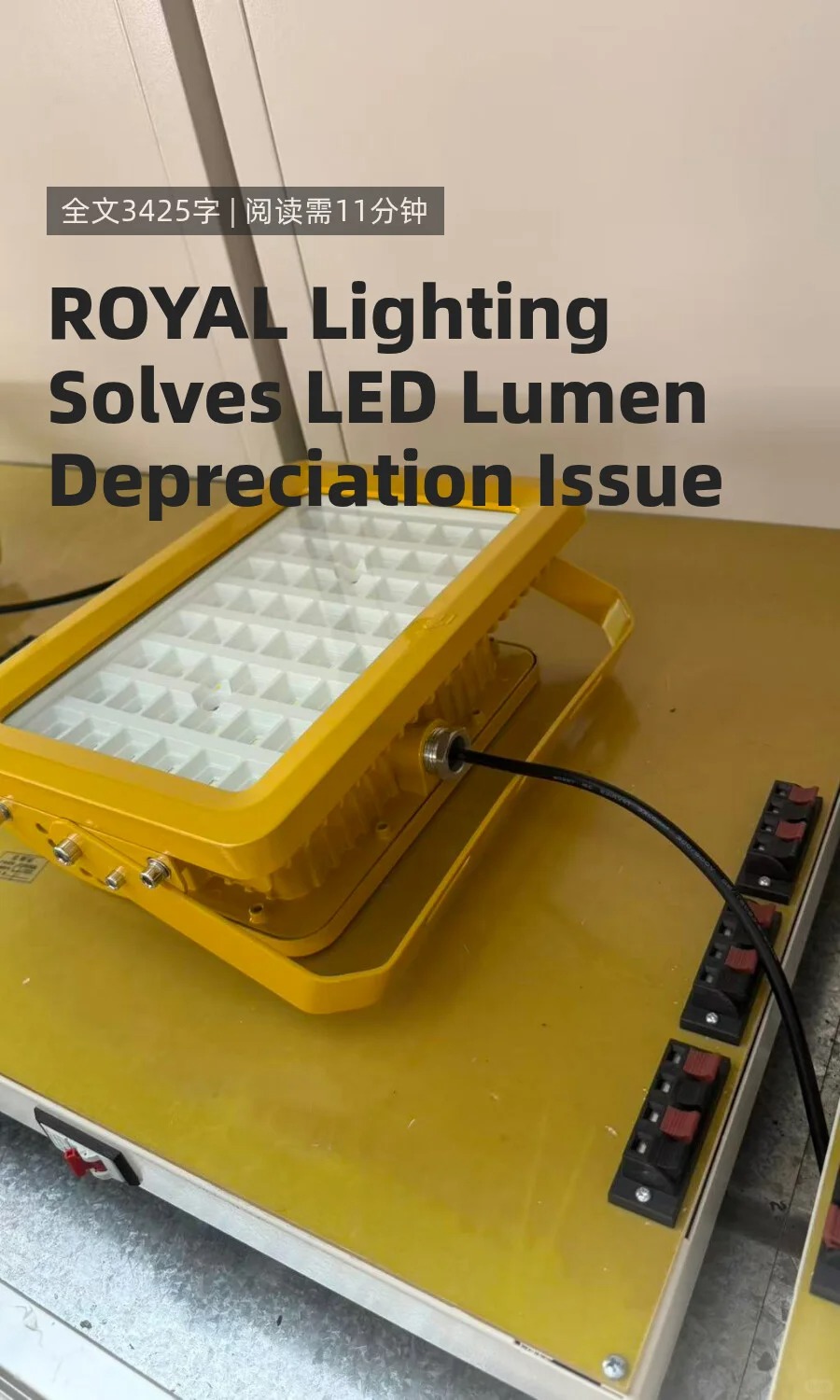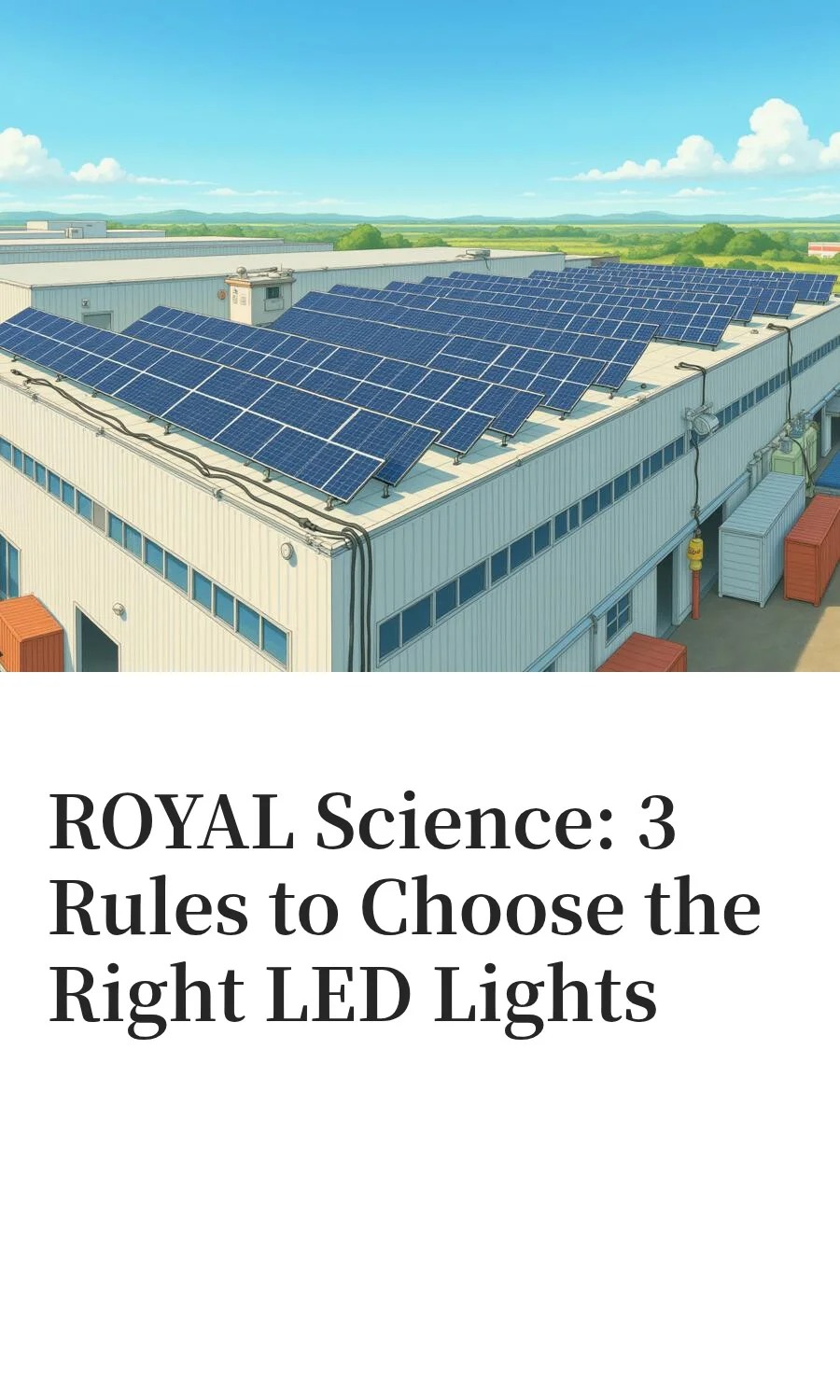For lighting needs in community courts, school sports fields, and commercial stadiums, "uniform brightness, durability in use, and real energy savings" are always the core. Royal Lighting never relies on fictional systems to attract attention; instead, it addresses the real pain points of stadium scenarios by delivering tangible results in optical design, weather resistance, and cost control. Every stadium light is tailored to meet the needs of sports like basketball, tennis, and football, truly solving the problems of "dazzling light during night games, lamp failures in rainy weather, and high lamp replacement costs." Currently, Royal's stadium lights have been installed in over 200 communities and schools across China, earning user recognition through real-world performance.
Traditional stadium lights often suffer from either "excessive brightness causing glare" or "too many dark spots leading to lost balls." Starting from "athletes' visual experience," Royal has made targeted optimizations:
Light Control Based on Sports Needs: For basketball, the focus is on enhancing illuminance in the "3-meter area around the hoop." A single 150W lamp can achieve 450Lux in this area, and 6 lamps are enough to cover a standard basketball court. The overall illuminance uniformity is ≥0.85 (far exceeding the industry's 0.7 passing standard), with no obvious brightness differences between the three-point line, sideline, and midline. A community basketball player commented: "Before, I could never see passes clearly when running along the sidelines; now I never lose the ball because of poor lighting."
Anti-Glare Design for Eye Comfort: The lamp body is equipped with a honeycomb anti-glare grid, keeping the Unified Glare Rating (UGR) below 18—25% lower than ordinary floodlights. When looking up at the hoop or making eye contact during passes, there is no discomfort from harsh glare. Among student athletes, reports of eye fatigue after 1 hour of training have decreased by 70%.
True Color Rendering for Realistic Vision: Using lamp beads with a color rendering index (Ra) ≥85, the lights clearly restore basketball textures and jersey colors. The visual experience at night is consistent with daytime, avoiding misjudgments of ball paths due to color distortion. After a high school basketball team switched to Royal's lights, their passing error rate during night training dropped by 30%.
Stadium lights are exposed to the outdoors year-round, facing tests like heavy rain, typhoons, high temperatures, and salt spray. Royal spares no effort in materials and craftsmanship:
IP66 Waterproof Rating as Standard: The lamp body uses an integrated die-cast aluminum housing, with wiring ports sealed by double O-rings and waterproof adhesive. Even if the lamp is soaked in heavy rain or splashed by stagnant water on the field, no water seeps inside to cause short circuits. Last year, when Typhoon Talim hit Jiangsu, 12 Royal lights in a community stadium withstood gusts of up to level 10 and heavy rain—all remained fully functional, with no failures.
Durability & Corrosion Resistance Without Cutting Materials: The housing undergoes electrostatic spraying, passing a 1,000-hour salt spray test. Even in coastal stadiums with high-salt air, the lamp body does not rust. Lamp beads are encapsulated in high-temperature silicone, enabling instant startup at -30℃ and stable operation at 60℃ for 72 consecutive hours—reliable in both northern winters and southern heatwaves.
Impact Resistance Considered: The lamp surface uses 3mm thick shatterproof tempered glass. Accidental impacts from basketballs or footballs will not break it. In one school stadium, a football hit the lamp surface, but the lamp remained intact—only a slight mark was left on the glass, with no impact on use.
Stadium operators care most about "affordable initial purchase, energy-saving operation, and infrequent replacements." Royal optimizes from a lifecycle cost perspective:
Visible Energy Savings: A 150W Royal stadium light matches the brightness of a traditional 250W sodium lamp. Calculated based on 4 hours of daily use, one lamp saves approximately RMB 200 in electricity costs per year—10 lamps save RMB 2,000 annually for a stadium. After a community stadium switched to Royal's lights, its monthly electricity bill dropped from RMB 900 to RMB 540, saving enough to buy 3 new lamps in one year.
Long Lifespan, Fewer Replacements: Equipped with isolated driver power supplies and imported lamp beads, the lamps have a lifespan of 50,000 hours. Used 4 hours a day, they last stably for 34 years—far exceeding the industry's average lifespan of 15 years. A university stadium installed Royal's lights in 2019; not a single lamp has been replaced in 6 years, saving the labor costs of frequent high-altitude replacement work.
Easy Maintenance: The lamp body features a "modular design." In the rare case of a fault, only the driver or lamp bead module needs to be replaced—no need to disassemble the entire lamp. Community electricians can handle the repair, with single maintenance costs 60% lower than traditional lamps.
Royal Lighting has always believed that good stadium lights do not need to be packaged with "fictional systems"; instead, they must solve users' real problems—ensuring athletes have clear vision during night games, helping operators save money over the long term, and making maintenance hassle-free. Whether for community courts, school sports fields, or commercial stadiums, Royal provides practical services: "select lights based on scenarios and tailor solutions to needs." Contact us now for a free on-site lighting assessment—we recommend the right lamp type and quantity based on field size and sports type.
